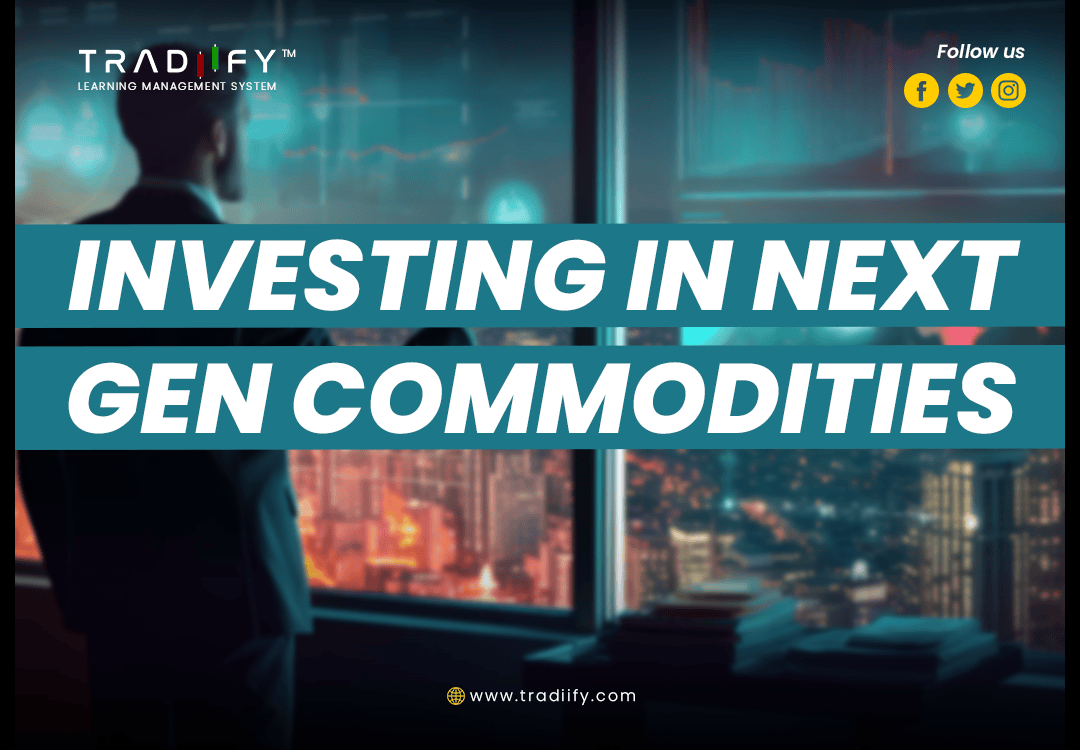
The technological revolution unfolding before our eyes is powered by a range of advanced materials that might not look like much on their own but play a pivotal role in our everyday devices. Lithium, rare earth metals, and new battery technologies are at the forefront of this shift, fueling everything from electric cars to smartphones. As green energy solutions gain traction worldwide, demand for these commodities is only set to grow. Let’s explore the significance of these “next-gen” resources and how they’re reshaping global markets, innovation, and environmental policies.
The Rise of Lithium
When people talk about electric vehicles (EVs), lithium is often the first metal that comes to mind. Why? Because lithium is a core component of the rechargeable batteries that power most modern EVs, not to mention laptops, smartphones, and countless other gadgets. Its unique chemical properties—particularly its light weight and high electrochemical potential—make it ideal for energy storage.
In recent years, lithium has seen a sharp rise in demand, driven primarily by the push for cleaner energy solutions and the growing popularity of EVs. Countries worldwide are working to phase out gasoline-powered cars, while carmakers invest billions in EV research and production. All this activity hinges on having a stable and affordable supply of lithium.
But lithium isn’t just about transportation. Massive battery packs are also critical for storing energy generated by solar panels and wind farms. By capturing renewable energy during peak production times and releasing it when the wind dies down or the sun sets, lithium-based storage solutions help smooth out the flow of electricity to homes and businesses. It’s a fundamental step in achieving a future less dependent on fossil fuels.
Rare Earth Metals: Unsung Heroes
Rare earth metals—like neodymium, praseodymium, and dysprosium—may sound exotic, but you likely use products containing them every day. These elements have magnetic, luminescent, and electrochemical properties that make them indispensable in a wide range of applications. Think high-performance magnets in wind turbines, electric motors, and the speakers in your phone. Rare earth metals are also found in certain medical devices, military equipment, and even the screens that illuminate your TV.
Despite their name, rare earth metals aren’t necessarily rare in terms of abundance. The challenge is that they’re often scattered in small concentrations, making it complicated and expensive to extract them. China currently dominates much of the rare earth metals supply chain, but other countries are ramping up their own mining and processing capabilities to reduce dependence on a single source.
As the world pivots toward advanced technologies—like 5G networks, electric transportation, and renewable power—the demand for rare earth metals will likely continue to climb. Their role in magnets that drive high-efficiency electric motors and turbines is especially critical. Without these metals, manufacturing the tools needed for the green transition becomes a lot harder.
Battery Tech: Beyond Lithium-Ion
While lithium-ion batteries remain the gold standard in many applications, the hunt for the “next big thing” in energy storage is heating up. Researchers are exploring various chemistries—from solid-state batteries that promise greater capacity and safety, to sodium-ion batteries that could sidestep some of the cost issues tied to lithium. The goal is simple: find a way to pack more energy into smaller, cheaper, and safer cells.
Solid-state batteries, for instance, replace the liquid electrolyte (the medium through which charged particles move) with a solid one. The result could be batteries with higher energy density (meaning they hold more charge per unit of weight) and a lower risk of overheating or catching fire. Though these technologies aren’t yet mainstream, investments from major automakers suggest they could be on the horizon for large-scale adoption.
The outcome of these advancements will have ripple effects well beyond just electric cars. Think grid-level energy storage, personal electronics that last days on a single charge, and new industrial applications where longer battery life and reduced downtime can translate into major cost savings.
Environmental and Geopolitical Implications
While next-generation commodities power a cleaner future, they also pose environmental challenges. Extracting lithium, rare earth metals, or other battery materials involves mining processes that can impact local ecosystems. Responsible sourcing and improved recycling methods are crucial to ensuring that the green revolution doesn’t come at too high a cost to the planet.
On the geopolitical front, control over these resources can shape power dynamics. Countries that lead in mining or processing these metals can wield significant influence in the global market. Nations are therefore incentivized to diversify supply chains, invest in domestic mining projects, and develop recycling programs that recover valuable metals from end-of-life batteries and electronics. This scramble to secure resources also fuels debates about ethical sourcing—namely, ensuring that the rights and well-being of local communities in mining regions are respected.
Investment Opportunities and Risks
For investors, commodities like lithium and rare earth metals can present exciting opportunities as demand surges. But like any market, it’s not without risks. Prices can be volatile, influenced by a web of factors including technological breakthroughs, government policies, and environmental regulations. Moreover, if a new battery chemistry emerges, demand for certain metals could diminish.
Still, the long-term trajectory points toward a sustained need for advanced materials. The transition to cleaner energy and electric mobility isn’t a trend that’s going away anytime soon. For those willing to navigate the complexities—from ethical concerns to supply-chain uncertainties—investing in these next-gen commodities may offer both financial returns and a chance to support a more sustainable future.
The Road Ahead
As technology evolves and environmental urgency mounts, lithium, rare earth metals, and new battery innovations will remain critical pieces of the puzzle. They’re the driving force behind cleaner energy grids, EVs, and cutting-edge electronics that connect us in ways we never thought possible. But tapping into their full potential means addressing both the technical challenges and the ethical concerns tied to their extraction.
Ultimately, the story of next-generation commodities is about more than just metals and markets. It’s about laying the foundation for a world that runs on cleaner, more efficient power—one in which technology and sustainability are no longer at odds, but partners in progress.
Comments (0)
Categories
Recent posts


Getting Started with Tradiify LMS: A ...
1 Aug 2024
5 Ways an LMS Can Revolutionize Your ...
1 Aug 2024.jpg)
How Tradiify LMS Supports Continuous ...
1 Aug 2024




